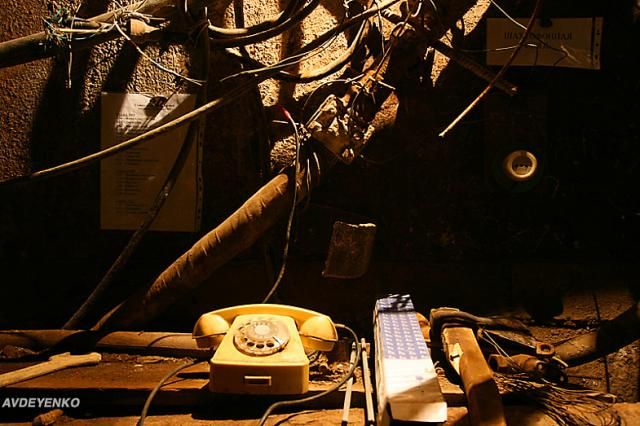|
|
Hadron Collider, Russia
|
Estimates of the number of Muslims in Russia range from 7–9 million by the local sources to 15–20 million by Western and Islamic sources. Also there are 3 to 4 million temporary Muslim migrants from the post-Soviet states. Most Muslims live in the Volga-Ural region, as well as in the Caucasus, Moscow, St. Petersburg and Western Siberia.
Buddhism is traditional for three regions of the Russian Federation: Buryatia, Tuva, and Kalmykia. Some residents of the Siberian and Far Eastern regions, such as Yakutia and Chukotka, practice shamanist, pantheistic, and pagan rites, along with the major religions. Induction into religion takes place primarily along ethnic lines. Slavs are overwhelmingly Orthodox Christian, Turkic speakers are predominantly Muslim, and Mongolic peoples are Buddhists.
• Health
The Russian Constitution guarantees free, universal health care for all citizens. In practice, however, free health care is partially restricted due to propiska regime. While Russia has more physicians, hospitals, and health care workers than almost any other country in the world on a per capita basis, since the dissolution of the Soviet Union the health of the Russian population has declined considerably as a result of social, economic, and lifestyle changes; the trend has been reversed only in the recent years, with average life expectancy having increased 2.4 years for males and 1.4 years for females between 2006–09.
|
|









